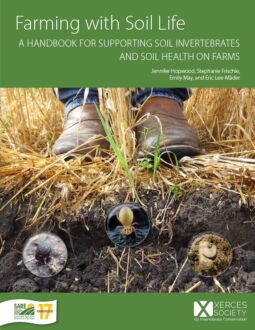In terms of biomass and species diversity, vertebrate animals are the smallest portion of soil life. Some species live entirely in the soil, while most are in the soil for a portion of their life. Across North America, a diversity of vertebrate animals are part of the underground soil world: toads, salamanders, skinks, snakes, turtles, tortoises, burrowing owls, bank swallows, armadillos, moles, shrews, kangaroo rats, deer mice, voles, pocket mice, woodchucks, rabbits, gophers, ground squirrels, chipmunks, prairie dogs, badgers, skunks, foxes, and coyotes. Soil vertebrates burrow for cover from predators, for nests to raise young, for protection from weather, for hunting other animals as food, for eating plant parts, and for storing food caches. In these roles, they contribute to cycling organic materials and nutrients in the soil profile. After a burrow has been abandoned by the original animal, it becomes habitat for smaller animals.
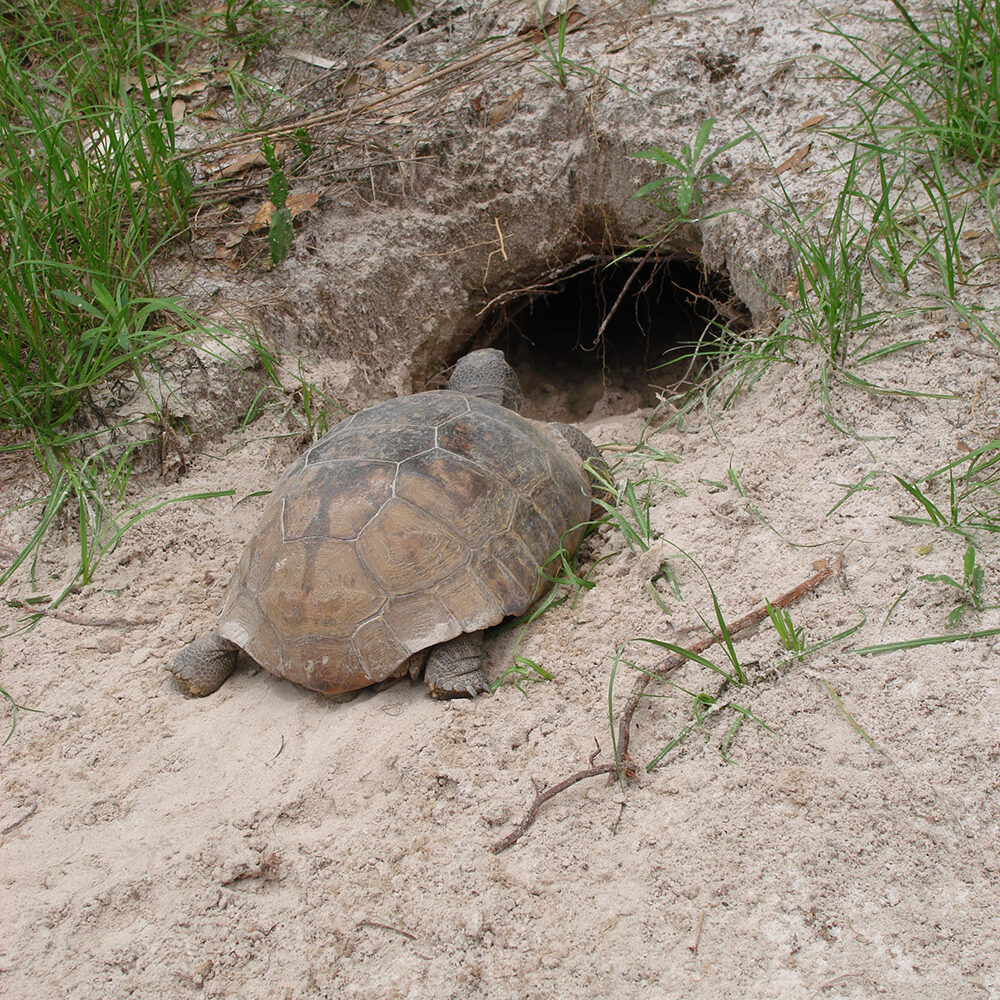
burrowing owls (right)—are important contributors to soil health in their ecosystems.
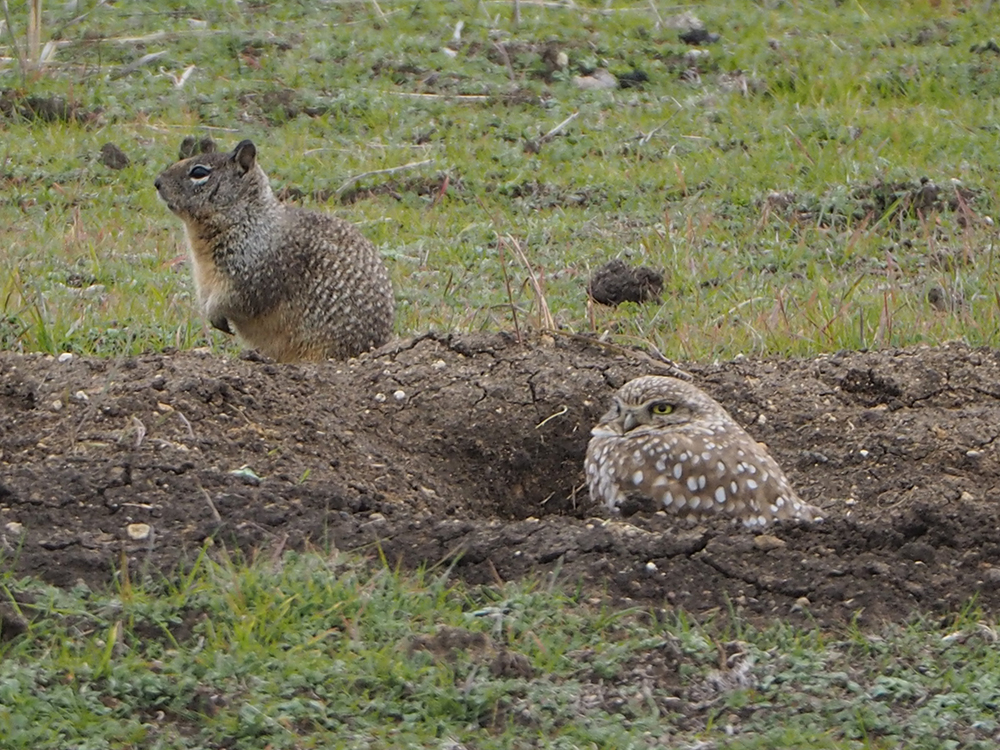
For example, the deep burrows of the gopher tortoise (Gopherus polyphemus), native to the southeastern United States, provide habitat for more than 350 other species. Bumble bees often use and rely on abandoned cavities and burrows from larger animals as nest sites to raise a new generation of bumble bees each summer. Birds such as bank swallows and burrowing owls nest in the soil, and many birds probe shallowly in the soil with their beaks to feed on soil animals and seeds.
Pests and Soil Life
A small minority of the animals that live all or part of their lives in soil are pests to agriculture. Nematodes are a diverse group: some nematode species provide beneficial functions such as pest control as predators, while others are pests themselves because they feed on plant roots. Slugs can be devastating to seedling crops, especially when the use of neonicotinoid-treated seeds kills off the natural insect predators of slugs. Many of the larvae that feed on seeds, seedlings, or developing crops are moth or butterfly caterpillars. Other soil-dwelling animal groups with species that can be agricultural pests include wireworms, aphids and mealy bugs, herbivorous scarab beetles and root weevils, thrips, and symphylans.
Soil-dwelling pests can be difficult to monitor; the best management practices for reducing soil pest pressure focus on increasing biological diversity and supporting the predatory arthropods that keep pests in check. The diversity and complexity of animal communities that develop and thrive under soil health practices are essential to balancing pest populations through natural predation and disease. More diverse plant communities aboveground support more diverse invertebrate communities below ground. Practices such as poly cropping, cover cropping, rotating crops, and creating annual and perennial habitat areas break up monocultures and make it difficult for potential pests to find host plants.
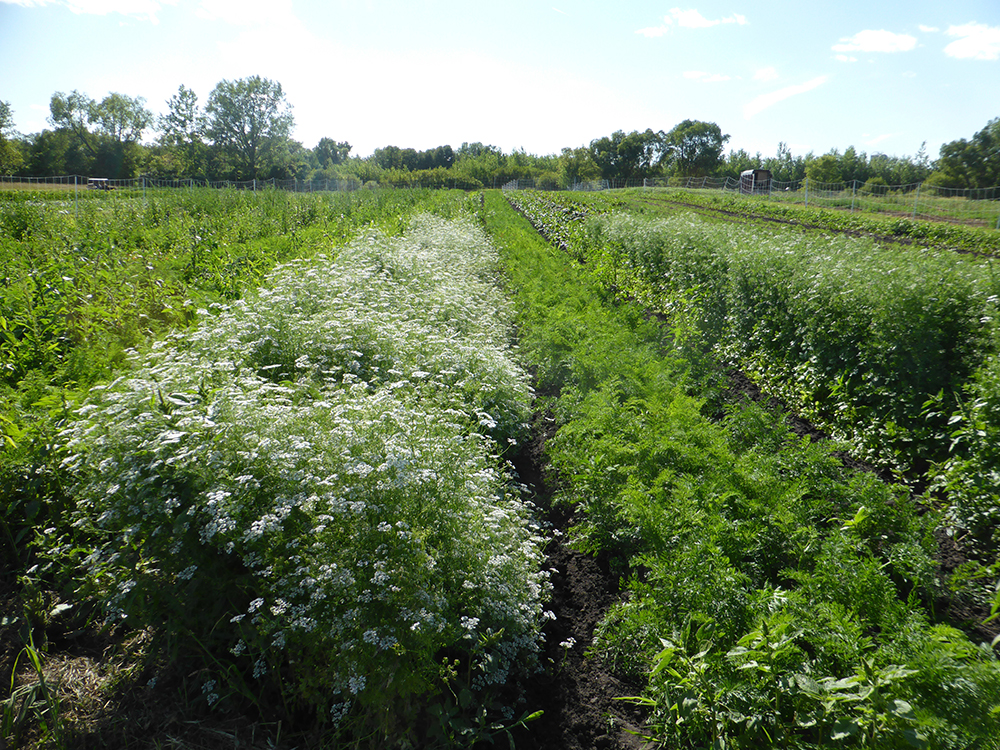
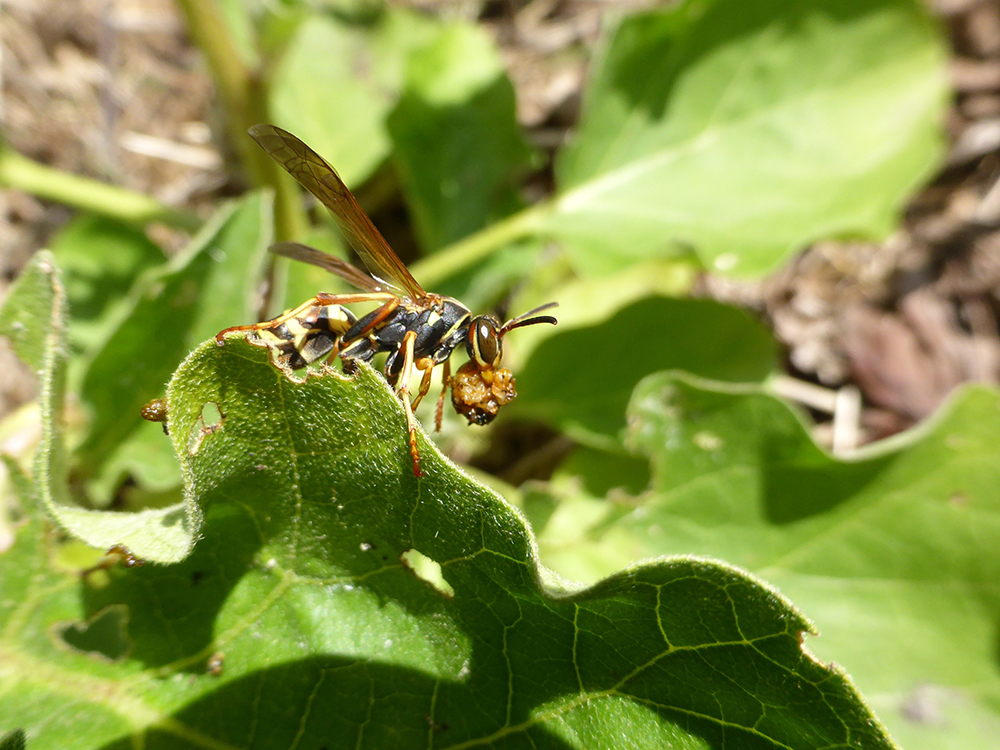
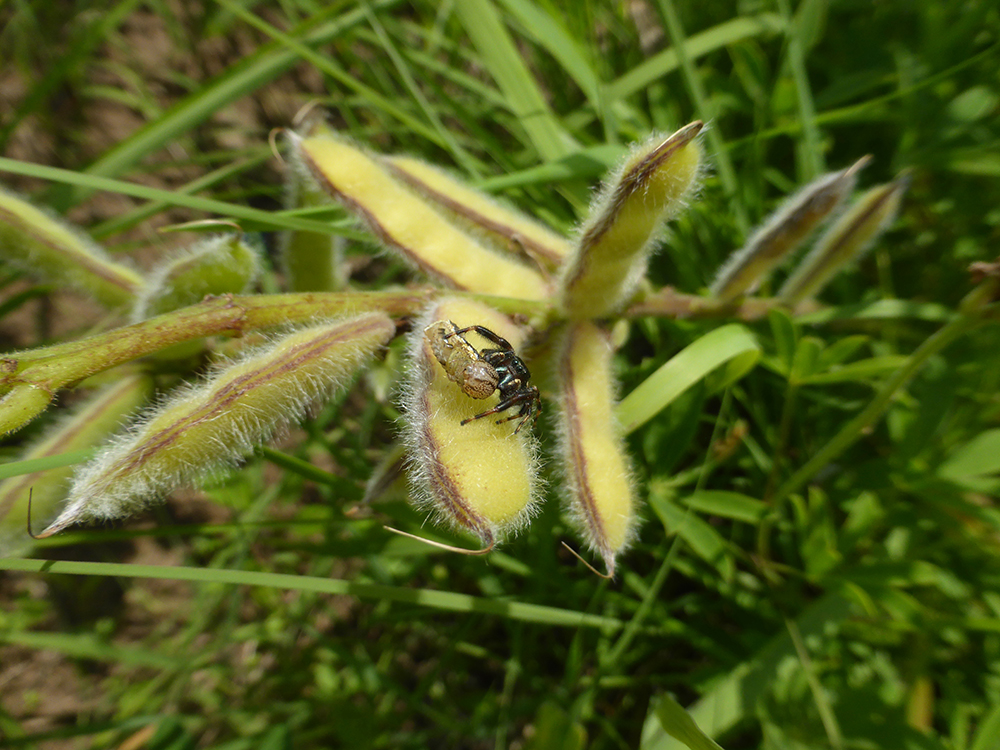
This material is based upon work that is supported by the National Institute of Food and Agriculture, U.S. Department of Agriculture through the Sustainable Agriculture Research and Education (SARE) program. Any opinions, findings, conclusions, or recommendations expressed in this publication are those of the author(s) and should not be construed to represent any official USDA or U.S. Government determination or policy.
